What can glass beads collected from the lunar surface more than 50 years ago teach scientists about the Moon’s volcanic history? This is what a recen | Space
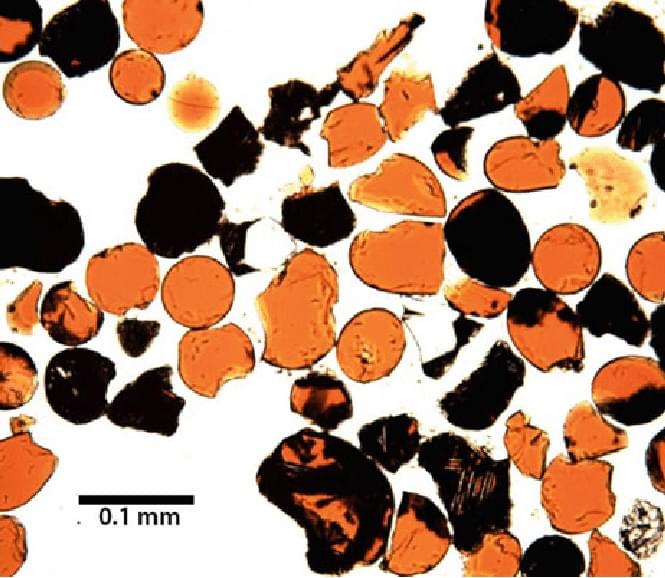

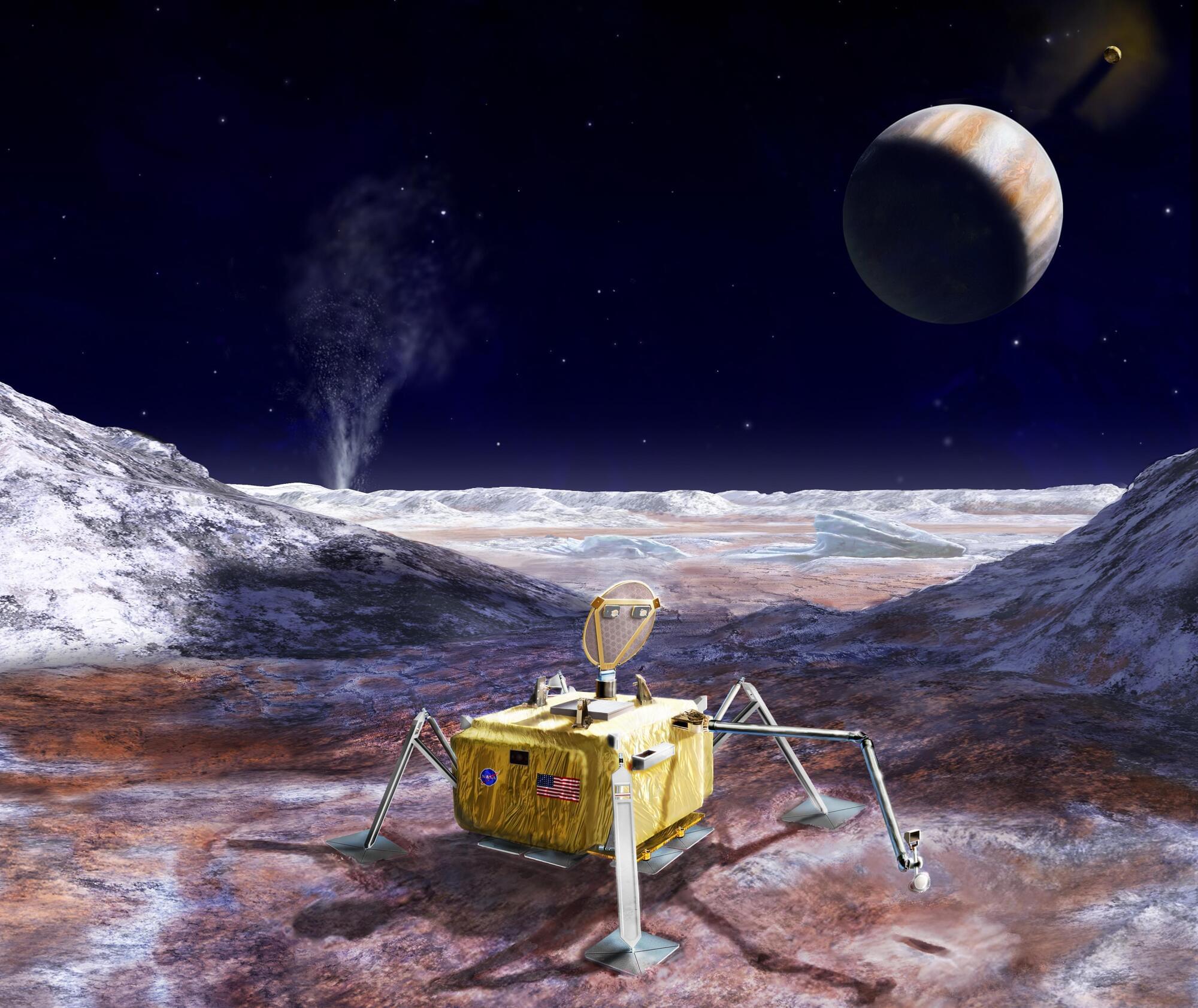

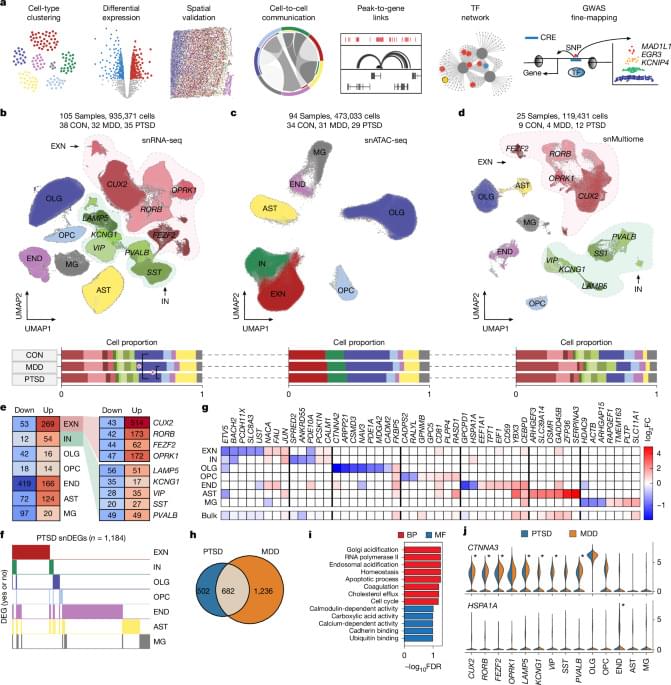
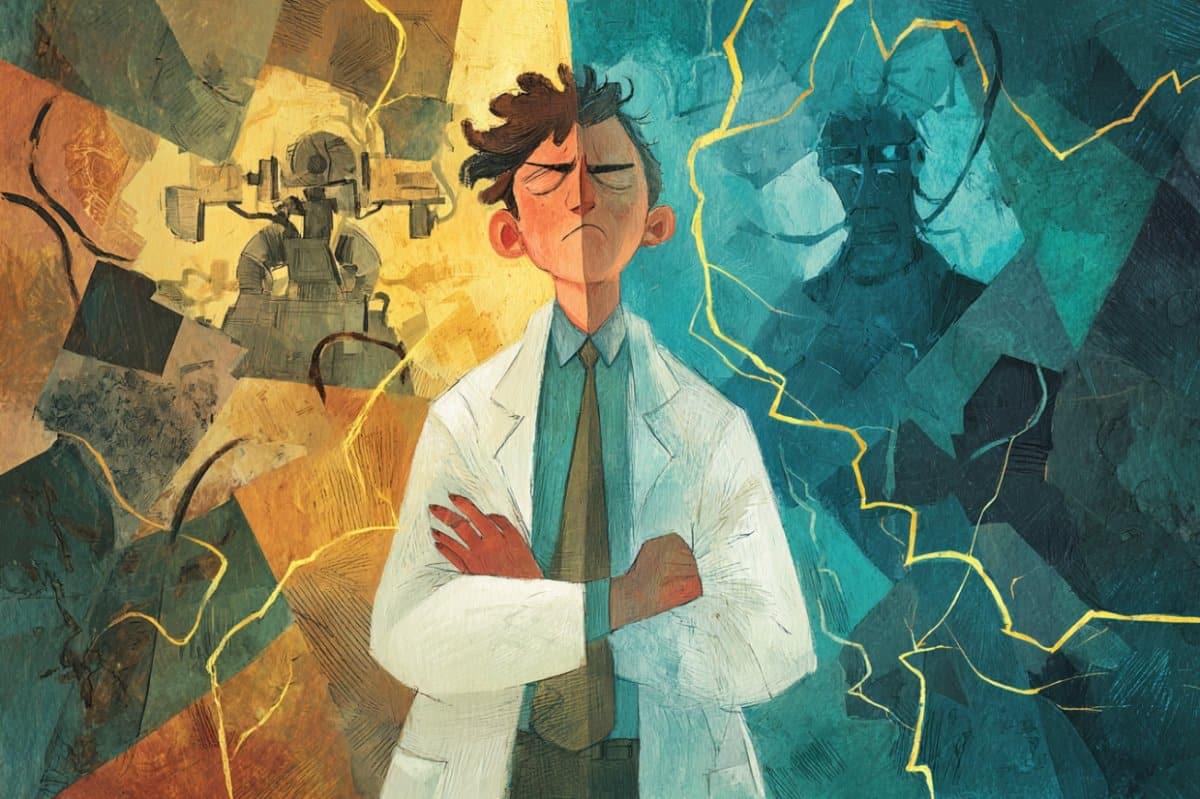
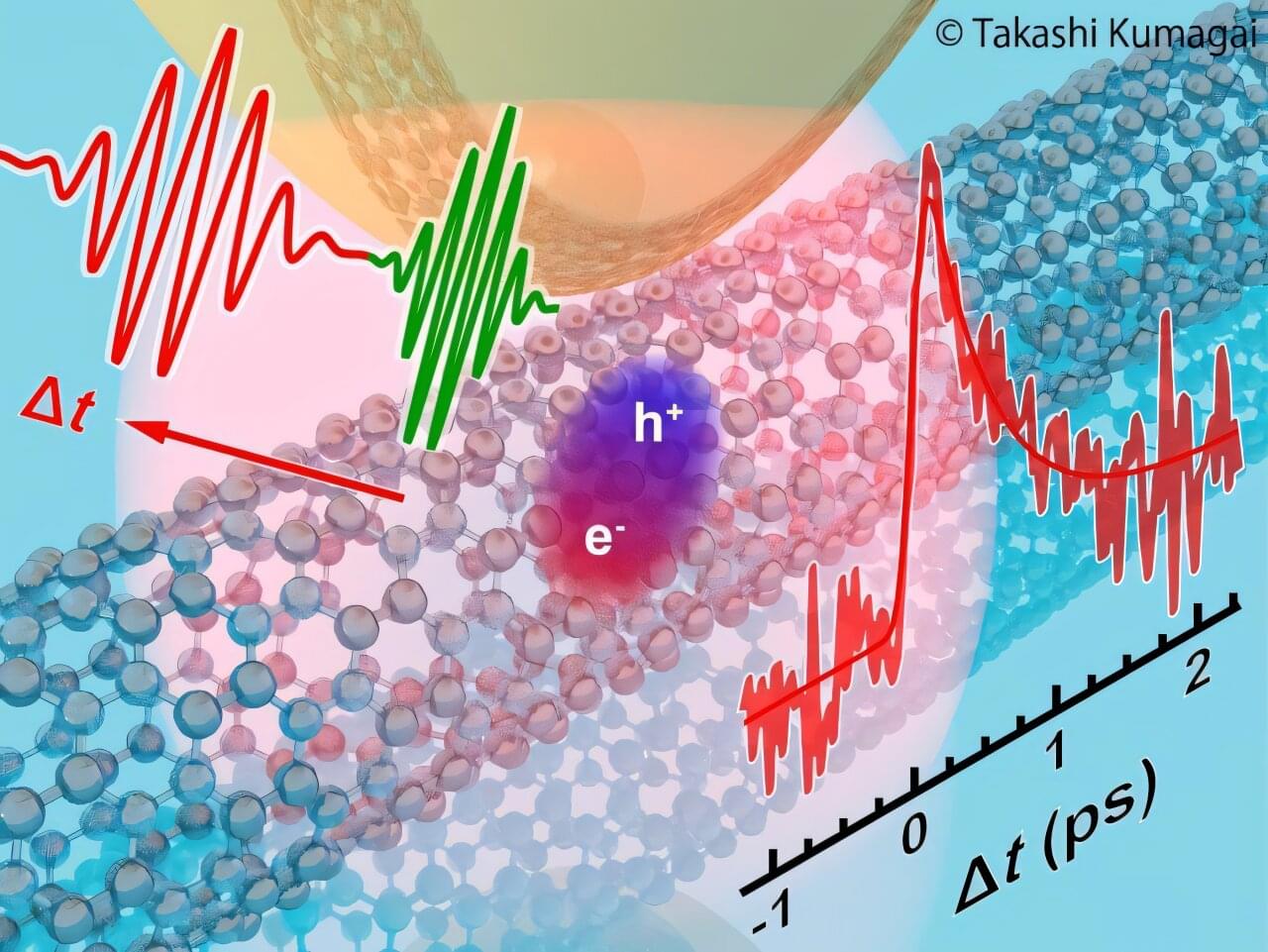

For Martin Schrimpf, the promise of artificial intelligence is not in the tasks it can accomplish. It’s in what AI might reveal about human intelligence.
He is working to build a “digital twin” of the brain using artificial neural networks — AI models loosely inspired by how neurons communicate with one another.
That end goal sounds almost ludicrously grand, but his approach is straightforward. First, he and his colleagues test people on tasks related to language or vision. Then they compare the observed behavior or brain activity to results from AI models built to do the same things. Finally, they use the data to fine-tune their models to create increasingly humanlike AI.
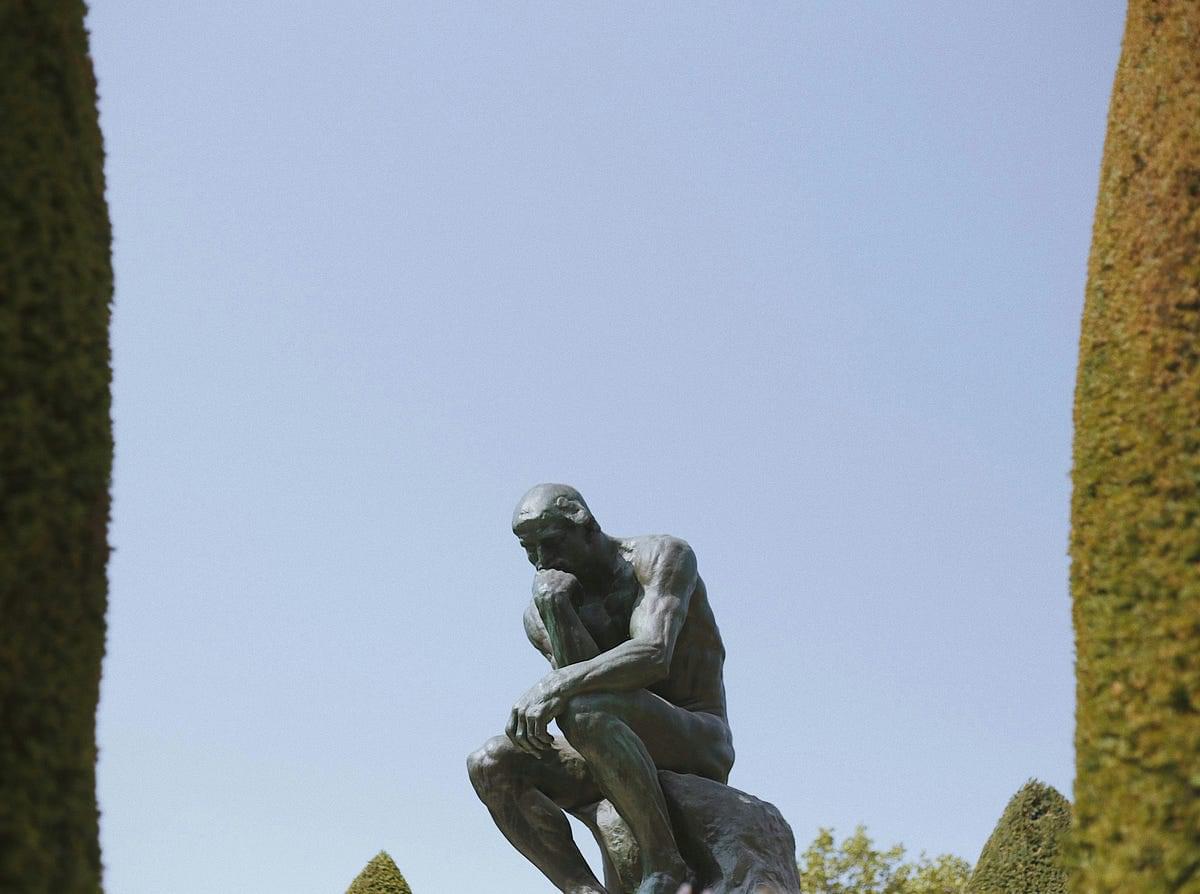
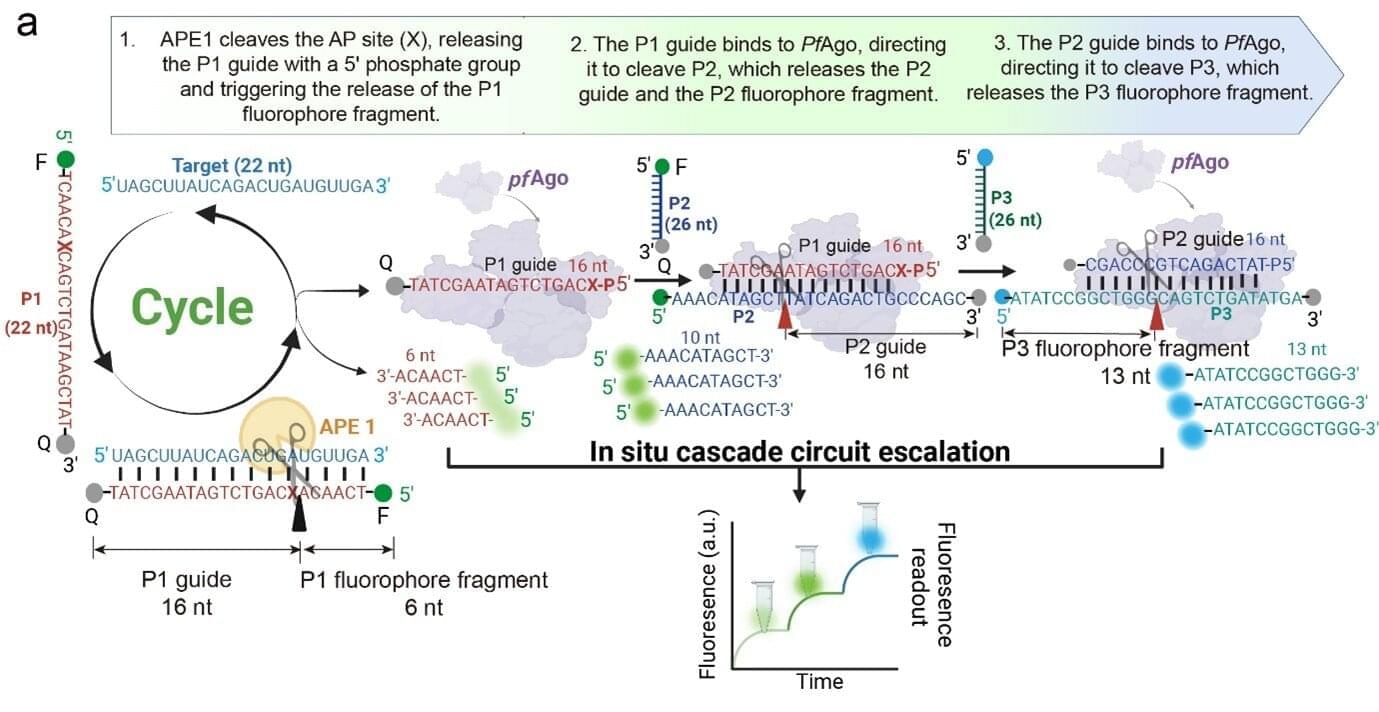
Scientists from the National University of Singapore (NUS) have developed NAPTUNE (Nucleic Acids and Protein biomarkers Testing via Ultra-sensitive Nucleases Escalation), a point-of-care assay that identifies trace amounts of disease-related genetic material, including nucleic acid and protein markers, in less than 45 minutes. Importantly, it accomplished this without the need for laboratory equipment or complex procedures.
Lying at the heart of many modern diagnostics, polymerase chain reaction (PCR) and real-time immunoassays provide high accuracy. However, they are hindered by lengthy processing time, the need for specialized thermal cyclers and skilled personnel. These constraints hamper rapid outbreak management, early cancer screening and bedside decision-making, especially in low-resource settings.
NAPTUNE tackles these challenges by replacing bulky amplification steps with a tandem nuclease cascade that converts biological signals directly into readily detectable DNA fragments, streamlining the diagnostic process.
